
Google Analytics offers several useful metrics for any website owner and to that end, it is valuable and useful.
But it doesn’t come as free.
So, if you don’t know how to make use of the metrics and tools inbuilt within it, you are susceptible to losing your valuable time and energy.
This is precisely why you need to know the key features that are almost irreplaceable for any website.
Table of Contents
Here we are going to explain the 6 most important features of Google Analytics that can bring fruit to your marketing efforts through your website.
- E-commerce Store Tracker
Knowing the customers is the first step toward business conversion. This starts with knowing where the customers arrive on your website.
This e-commerce tracking feature inbuilt within Google Analytics helps you track the sources of your website visitors.
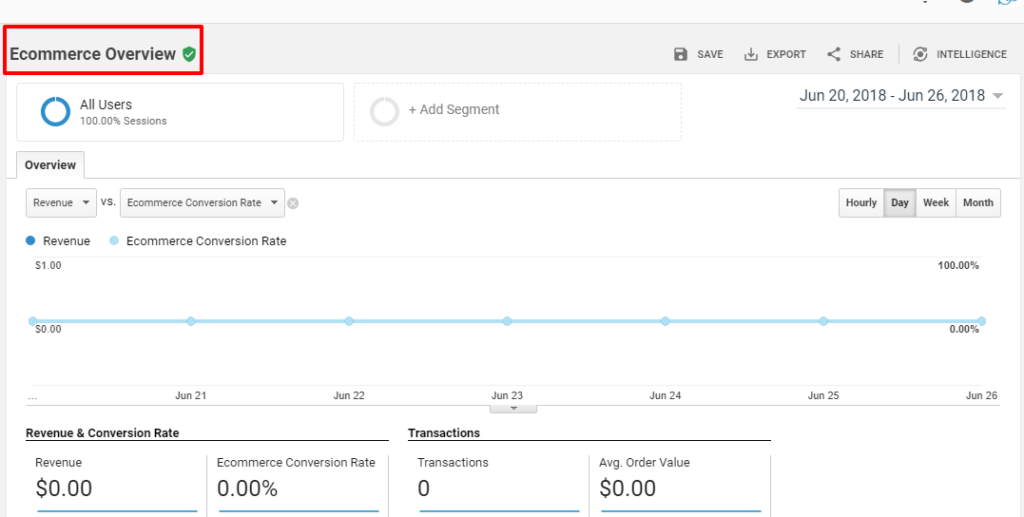
If you do not know it already, let us tell you that every single report processed by Google Analytics can be transformed into an eCommerce version to access the details concerning commerce and transactions.
Here below we explain the steps to start this feature:
- Navigate to the Google Analytics standard reports
- Then tap on the “Admin” button in the top right corner
- Now tap on the “Profile Settings”
- Navigate to the “Ecommerce Settings” and select “Yes, an Ecommerce Site” from the drop-down.
But after finishing the steps mentioned above, the real challenge begins.
Now, you need to attach the e-commerce part of the site to Google Analytics, and thereafter you need to send all e-commerce store data to the respective analytics.
If you build your website on the right e-commerce platform like Shopify, such as integration and tracking of the feature will become much easier.
The Shopify Experts will help you integrate the e-commerce tracking feature and Shopify will automatically send e-commerce data to Google Analytics just after you establish the connection.
For other platforms like WordPress, you have several value-added plugins to take care of such tasks.
- Setting up Goals
Google Analytics has a powerful feature called Goals. It allows tagging almost anything as goals and thereby tracking them. This feature is particularly there to help you track business conversions.
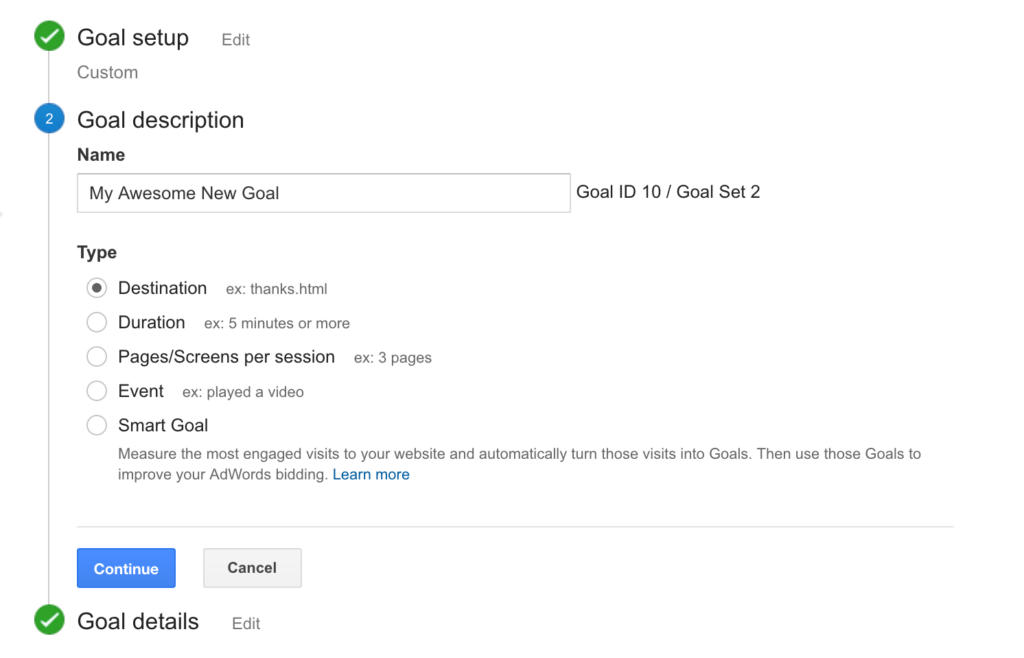
To understand what you need to track begin with the singular critical element of your site.
In this way, it allows tracking Newsletter signups or the conversion from the page view or any other avenues of business conversion.
Here below we explain the steps of setting up this feature:
- Navigate to your Google Analytics reports
- Now tap on the “Admin” button in the top right corner
- Now tap on “Goals”
- Now by clicking on the “+ Goal” you can add goals and create goal sets.
This is the time you need to decide on the type of goal you wish Google Analytics to track for your website.
Some of the most commonly tracked goals by a vast majority of e-commerce websites include URL Destination, Visit Duration, Page Visit, Event, etc.
- Connecting Your AdWords Account
For a commercial website, it is very likely to use AdWords. Now you need to attach your AdWords account to your Google Analytics account.
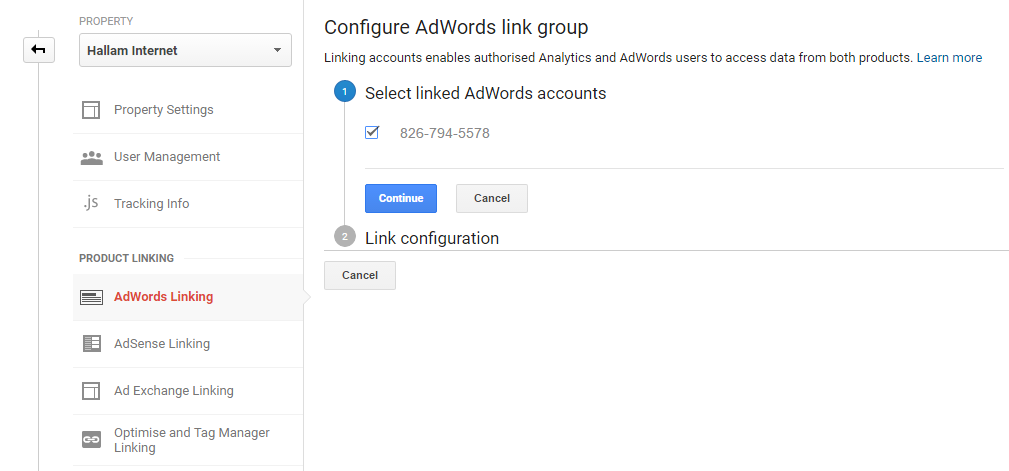
AdWords offer a vast wealth of customer data and you should utilize the same for the benefit of your website.
Here below we are going to explain the steps involved in connecting your AdWords account:
- First of all, allow Auto-Tagging in Google AdWords by changing the preference in your account.
- Now link the Google AdWords account with the Google Analytics account to import data.
- Now log in to AdWords by clicking on the “Tools and Analysis” tab, followed by tapping on “Google Analytics”.
- Site Search
This is another important feature that every website invariably needs to activate. It allows Google Analytics to find resources by searching the web pages within a website.
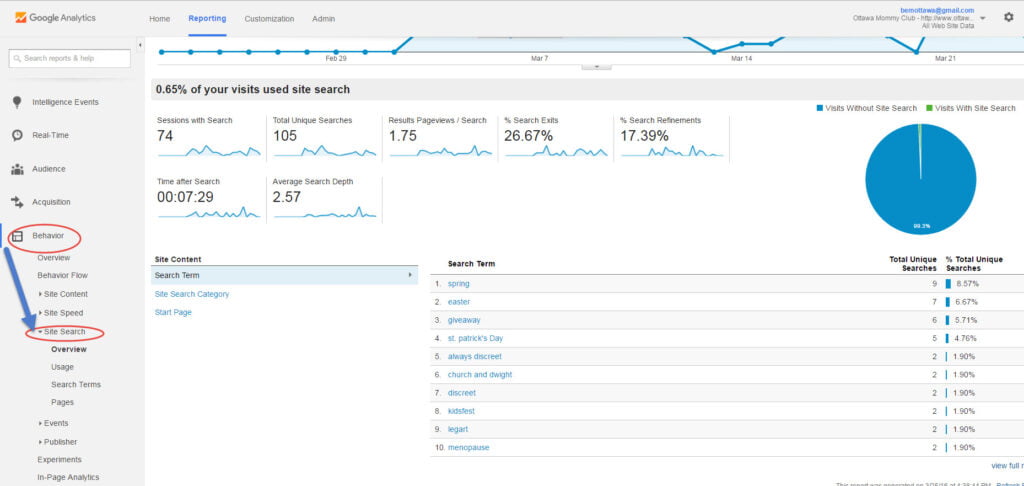
All you need to do is to connect the Google Analytics account to the internal site search feature.
This will allow you to find all the keywords people normally search for on your website.
Here we explain the simple ways to set up a site search feature for Google Analytics:
- Navigate to the Google Analytics reports
- Now tap on the “Admin” button in the top right corner
- Now tap on the “Profile Settings”
- Now navigate to the bottom and find “Site Search Settings”
- Now tap on the “Do Track Site Search”
- Setting up Campaigns
It is common for business websites to run campaigns. Measuring and evaluating the outcome of campaigns is crucial for the success of a website or web store.
This is particularly done by measuring the ROI generated through the marketing campaigns. There is a standalone campaign tracking feature within Google Analytics.
There is also a tracking capability to evaluate the marketing results of various avenues including Emails, Facebook, banner ads, and various things.
Here are some of the things you can track with your on-site campaigns:
- Source links or email lists from which you are getting the traffic
- Campaign mediums like banner ads, PPC, affiliate, email campaigns, etc.
- A term for paid keywords.
- The content of the ads differentiates ads from the same campaign.
- Name of campaigns to categorize different groups of ads.
- SEO Reports through Google Webmaster
Google now equipped Analytics with an array of SEO reports.
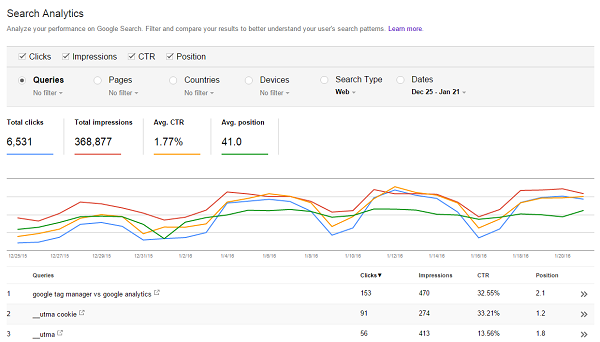
These reports allow you to see and evaluate your performance within Google’s search rankings that you are targeting.
Here are some of the key aspects that you can evaluate and track through these reports:
- The keywords garnering the most impressions
- The click-through rates for each keyword and link
- The rank for individual keywords and average rank
- Click-through rate and other user data for the top-performing landing pages.
Conclusion
While managing a web store you need to make most of the Google Analytics and apart from the above-mentioned ones you should also set up features like Safety Net Profiles and Filter for Internal Traffic.
With so many tools available for you, Google Analytics can just help you deliver a perfect e-commerce store.
Worth Read:
- Impact of GDPR on eCommerce Businesses
- Importance of PWA Apps for a website!
- ADA Compliance For eCommerce Website
AboutChetan Sheladiya
Related Posts
Top Reason To Choose React.JS 2021
“React comes with notable features which prove the perfect choice for your business.” Let us start with the...
Shopify Vs Magento: Whom To Choose And Why?
Magento and Shopify are two very popular eCommerce platforms among the large online business community. Both are mediums to...




